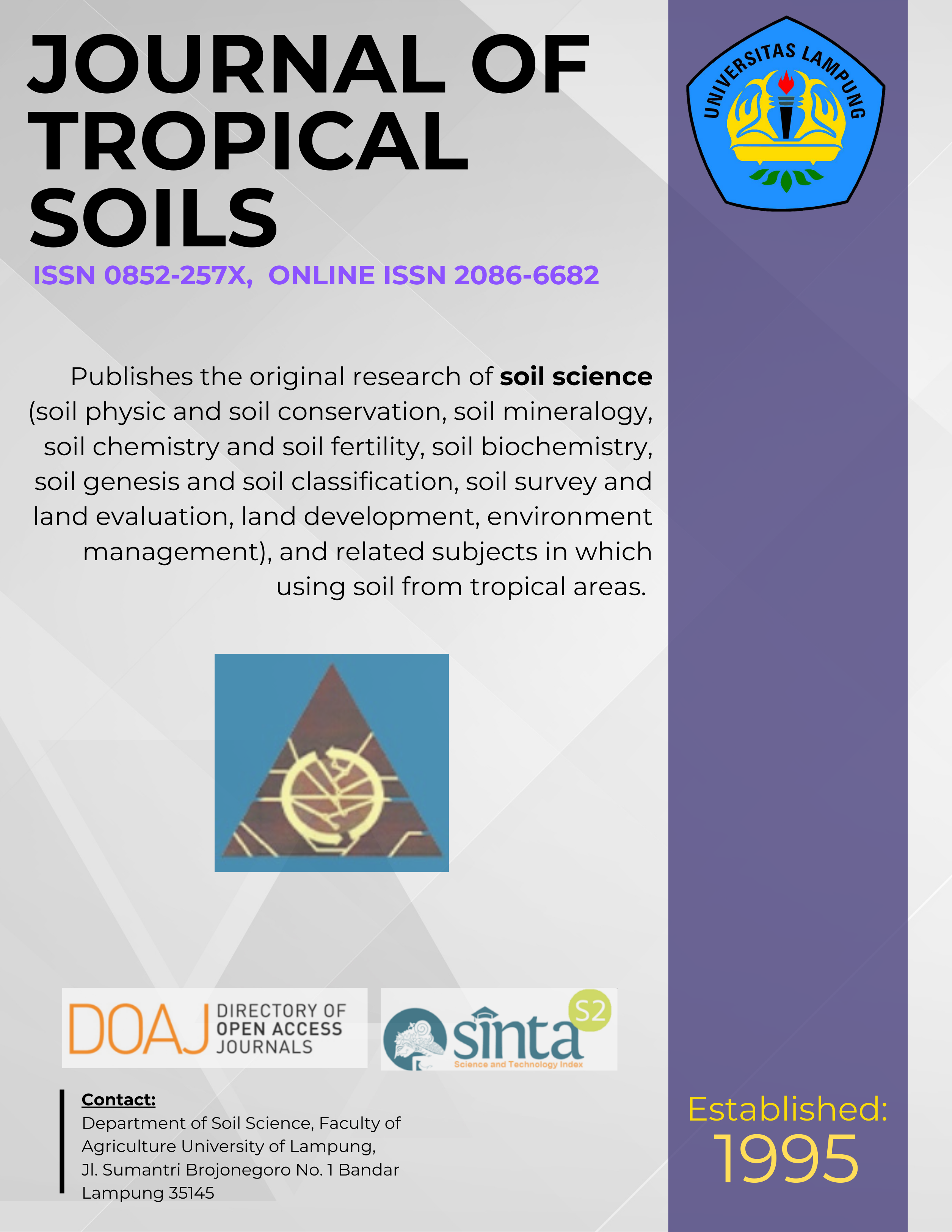Side Effects of Nitrification Inhibitors on Non Target Microbial Processes in Soils
Main Article Content
Abstract
Agricultural chemicals have been used extensively in modern agriculture and toxicological studies suggest a great potential for inducing undesirable effects on non target organisms. A model experiment was conducted in order to determine side effects of three nitrification inhibitors (NIs, 3,4dimethylpyrazolephosphate = DMPP, 4-Chlormethylpyrazole phosphate = ClMPP and dicyandiamide = DCD) on non target microbial processes in soils. Side effects and dose response curve of three NIs were quantified under laboratory conditions using silty clay, loam and
a sandy soils. Dehydrogenase, dimethylsulfoxide reductase as well as nitrogenase activity (NA) and potential denitrification capacity were measured as common and specific non target microbial processes. The influence of 5-1000 times the base concentration, dose response curves were examined, and no observable effect level = NOEL, as well as effective dose ED10 and ED50 (10% and 50% inhibition) were calculated. The NOEL for microbial non target processes were about 30–70 times higher than base concentration in all investigated soils. The potential denitrification capacity revealed to be the most sensitive parameter. ClMPP exhibited the strongest influence on the non target microbial processes in the three soils. The NOEL, ED10 and ED50 values were higher in clay than in loamy or sandy soil. The NIs was the most effective in sandy soils.
Keywords: microbial non target processes, nitrification inhibitors, soil enzymes
Downloads
Article Details
License for Authors
Authors who publish with this journal agree to the following terms:
- Authors retain copyright and grant the journal right of first publication with the work simultaneously licensed under a Creative Commons Attribution License that allows others to share the work with an acknowledgement of the work's authorship and initial publication in this journal.
- Authors are able to enter into separate, additional contractual arrangements for the non-exclusive distribution of the journal's published version of the work (e.g., post it to an institutional repository or publish it in a book), with an acknowledgement of its initial publication in this journal.
- Authors are permitted and encouraged to post their work online (e.g., in institutional repositories or on their website) prior to and during the submission process, as it can lead to productive exchanges, as well as earlier and greater citation of published work (See The Effect of Open Access).
License for Regular Users
Other regular users who want to cite, distribute, remix, tweak, and build upon author’s works, even for commercial purposes, should acknowledge the work’s authorship and initial publication in this journal, licensed under a Creative Commons Attribution License.

